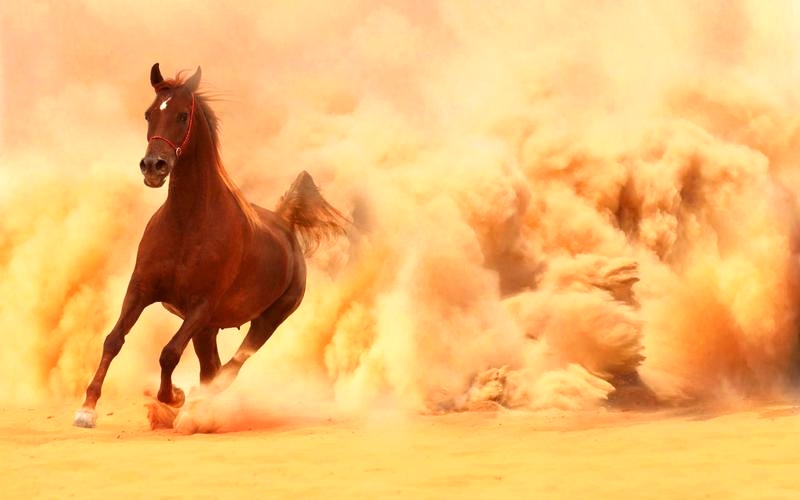Riding a horse in the rain can be a fun and enjoyable experience. However, there are some safety concerns that should be taken into account before taking your horse out in wet weather. In this article, we will explore the potential dangers of riding a horse in the rain, and provide some tips for staying safe while doing so.
What are the Risks of Riding a Horse in the Rain?
Riding a horse in the rain can be a risky endeavor, as wet and slippery conditions can increase the chance of falls. In addition, wet weather can cause a horse to become more spooked, making it harder to control. Finally, the rain can cause the horse to become cold and uncomfortable, leading to fatigue and potential health issues.
How to Prepare for Riding a Horse in the Rain
Before taking your horse out in wet weather, there are several steps you can take to ensure a safe and enjoyable ride.
1. Check the Weather: Before heading out, it’s important to check the weather forecast to make sure the conditions are safe and suitable for riding. If it’s raining heavily, or the temperature is too low, it may be best to wait until the weather clears up.
2. Dress Appropriately: When riding in wet weather, it’s important to wear waterproof clothing, such as boots, gloves, and a raincoat. This will help keep you dry and warm, and can also help prevent slips and falls.
3. Prepare the Horse: Before taking your horse out in the rain, make sure to groom it properly and check its hooves for any debris or stones that could cause harm. You should also consider using a rain sheet or blanket to keep the horse dry and comfortable.
4. Have a Plan: Before setting out, it’s important to have a plan in mind. Be sure to pick a route that is safe and suitable for riding in wet weather, and plan out any stops or rest periods.
Tips for Riding a Horse in the Rain Safely
1. Stay Calm: When riding in the rain, it’s important to remain calm and patient with your horse. Wet and slippery conditions can cause horses to become more spooked, so it’s important to stay relaxed and in control.
2. Take It Slow: When riding in wet weather, it’s important to take it slow and be aware of the conditions. Wet footing can cause slips and falls, so it’s best to keep the pace slow and steady.
3. Use Caution: When riding in wet weather, it’s important to be extra cautious and aware of your surroundings. Pay attention to the footing, and be sure to avoid any slippery or dangerous areas.
4. Be Prepared: When riding in wet weather, it’s important to be prepared for any situation. Be sure to have a first aid kit and emergency supplies with you in case of an accident.
What to Watch Out For
1. Cold Temperature: When riding in wet weather, be sure to monitor the temperature. Cold temperatures can cause the horse to become cold and uncomfortable, leading to fatigue and potential health issues.
2. Slippery Conditions: Wet and slippery conditions can increase the chance of slips and falls, so it’s important to be aware of the footing and use caution when riding.
3. Poor Visibility: Rain can reduce visibility, making it difficult to see potential hazards. Be sure to keep an eye out for any obstacles or dangerous areas.
4. Spooked Horses: Wet weather can cause horses to become more spooked, making it harder to control. It’s important to remain calm and take it slow when riding in the rain.
Conclusion
Riding a horse in the rain can be a fun and enjoyable experience, but it’s important to take safety precautions. Be sure to check the weather forecast, dress appropriately, and prepare the horse before heading out. When riding, be sure to stay calm, take it slow, and use caution. Finally, be prepared for any situation and monitor the temperature to make sure the horse stays comfortable. With a little preparation and caution, riding in the rain can be a safe and enjoyable experience.

